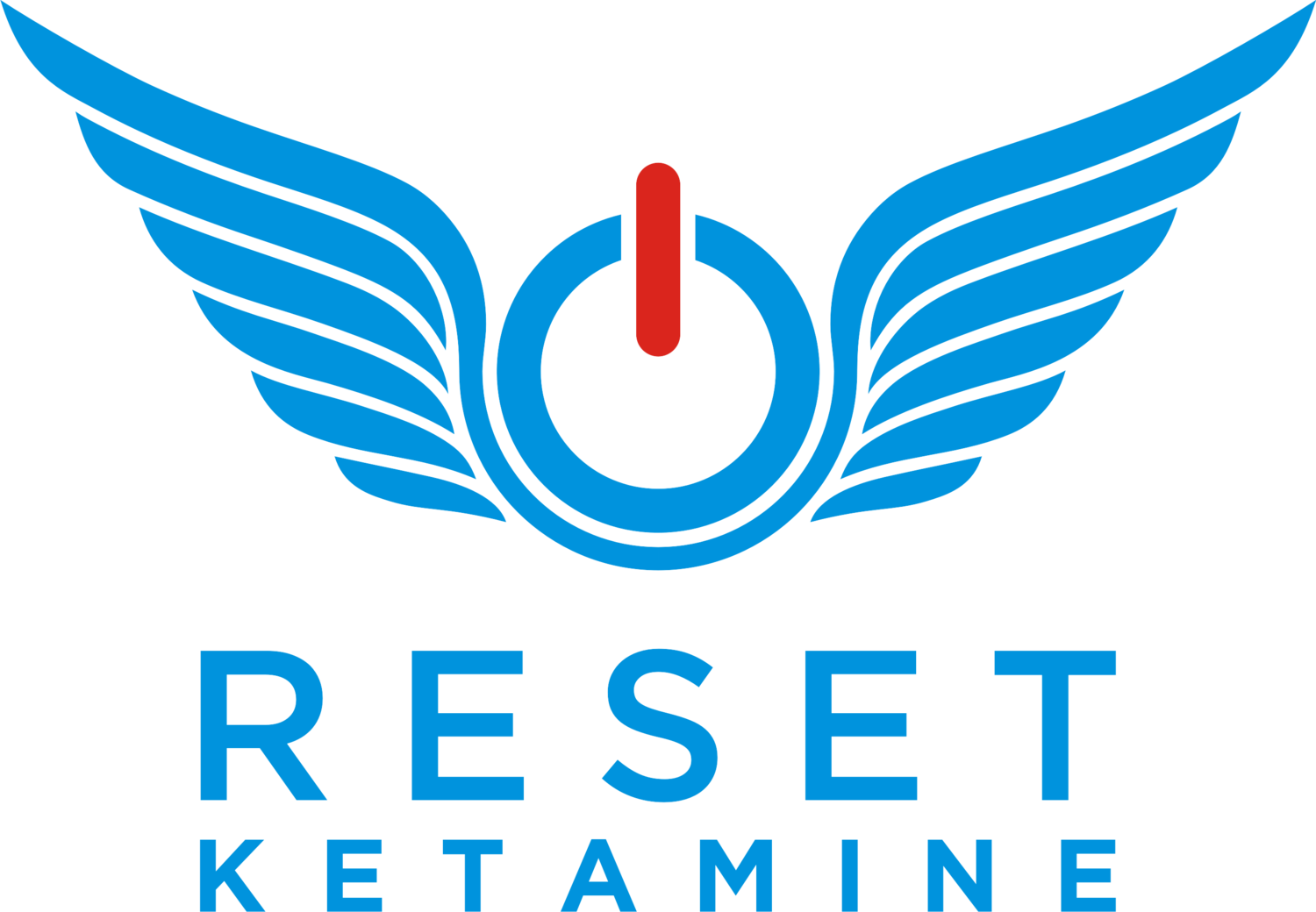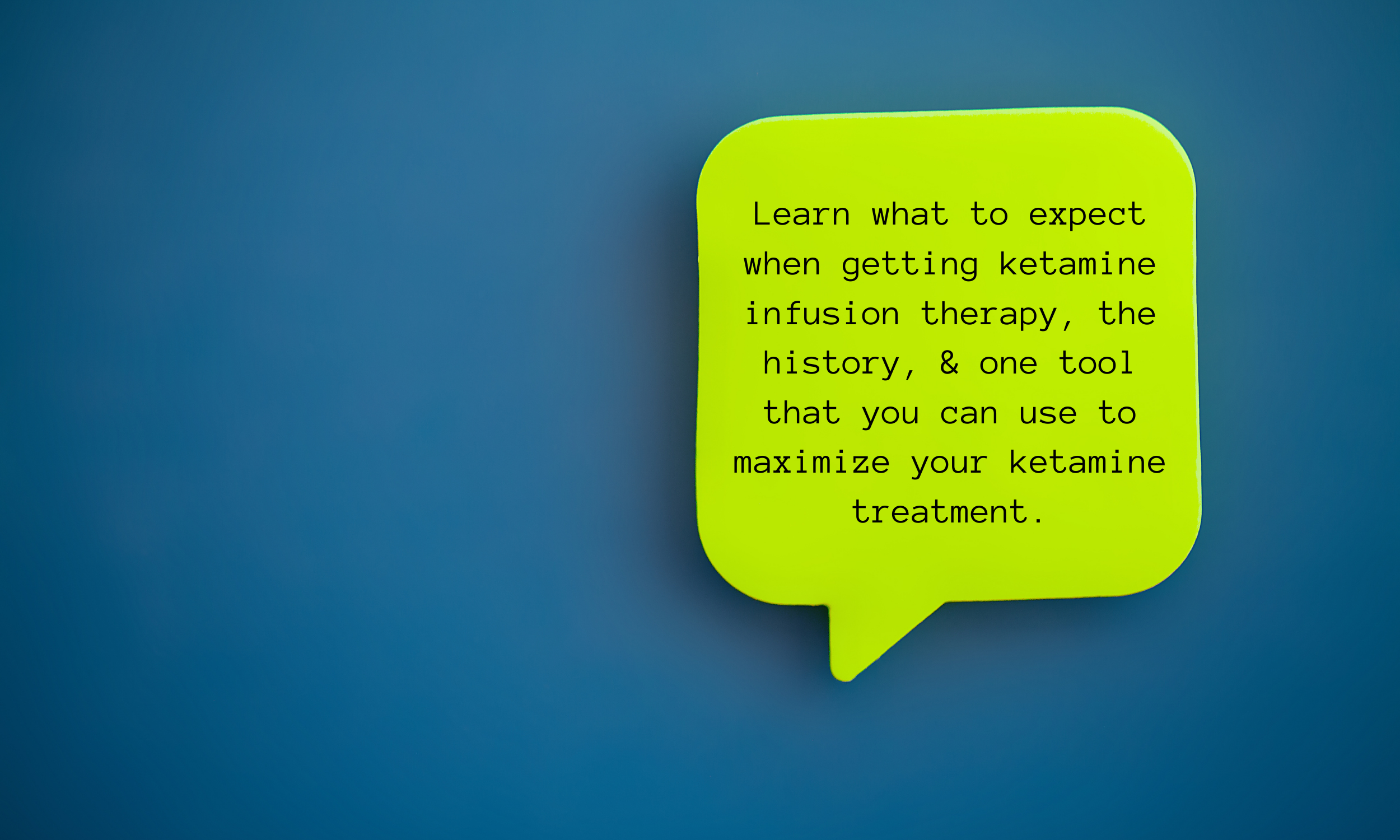Stoicism is an ancient Greek philosophy founded in the early 3rd century BC by Zeno of Citium. This school of philosophy guides us towards a life of tranquility and virtue. Tranquility is a state marked by the absence of negative feelings like anger, sadness, worry, and stress, and the presence of positive feelings – in particular joy. Virtue is the aim for excellence as a human being living in accordance with nature. Believe it or not, it is one of the roots of cognitive behavioral therapy (CBT).
Stoic philosophy has been practiced by all types of people, from slaves (like Epictetus) to emperors (like Marcus Aurelius). Some of its modern day practitioners are: Timothy Ferriss, Ryan Holiday, and Donald Robertson.
In this post, we will share three Stoic exercises to make your life a bit smoother:
1) The View From Above
First take a deep breath in and out, then picture yourself from above. Almost like you are floating on the ceiling. You can see the top of your head from this view. Then slowly zoom out to your surroundings and see the people around you. Zoom out again to see your city, state, country, and then Earth. Now go even further out and see the solar system, then the Milky Way, and then the whole cosmos.
Do you feel a bit small? Miniscule?
Good. That’s the point.
Sometimes we need to step outside of ourselves and realize how we fit in the grand masterpiece of the Universe. When we recognize that we are simply one of 7.5 billion people on Earth, which is contained in one of 100 billion galaxies, our anxieties and fears seem to get a little bit smaller.
2) Setting Expectations
Every morning, Marcus Aurelius would begin the day by telling himself, “The people I deal with today will be meddling, ungrateful, arrogant, dishonest, jealous and surly. They are like this because they can’t tell good from evil. But I have seen the beauty of good, and the ugliness of evil, and have recognized that the wrongdoer has a nature related to my own.”
He reminds himself to expect the worst behavior in people and that this is the natural order of life. Also, he reminds us that they are not being this way intentionally and that we too have our faults. So whether that’s someone who cuts you off in traffic or a rude stranger on the street, remember to expect and accept the “meddling, ungrateful, arrogant, dishonest, jealous, and surly.” And if this doesn’t happen, these surprises will add more joy to our day.
3) Negative Visualization
Imagine that you are working at your job. During the work day, you get a phone call from your doctor. They tell you that your recent blood tests show a concern for pancreatic cancer and you need to come back urgently for another test.
Moments later, you are pulled aside by your boss. She tells you that due to recent economic losses, you will be losing your job at the end of the month.
On your way home, you get a phone call from your spouse. Your partner isn’t happy in the relationship and is leaving you for someone else. As you wipe your tears away, you look up to see the red brake lights of the car in front of you. You slam on the brakes. CRUNCH! The airbags burst open in your face and your hood is on fire.
*Record scratch* *Freeze frame*
Stoic philosophers believe we can appreciate more of what we have by imagining ourselves without. The hedonic treadmill of adaptation leads us to want more and more. We get the iPhone X, then a few months later the iPhone 11 comes out. Do you remember those days of having to stop at a pay phone for calls and carrying foldable maps for road trips?
Using negative visualization a few times week can help remind us that the things we treasure are “like the leaves on a tree, ready to drop when a breeze blows.”
To summarize, remind yourself to take a larger perspective on life. Remind yourself to expect all sorts of people so you’re not surprised in your life. And occasionally imagine what your life would be like without your current blessings.
Finally, know that Stoicism is a practice and a habit that develops over time. Alongside daily exercise, abundant sleep, a healthy diet, and ketamine infusions, Stoicism is another tool to add to your mental armamentarium.
References / Further Reading:
Aurelius, M. 2015. The Meditations of Marcus Aurelius. Sweden: Wisehouse Classics.
Irvine, W. 2008. A guide to the good life: the ancient art of stoic joy. Oxford, England: Oxford University Press.
Pigliucci, M. (2015, Feb. 2) How To Be a Stoic. New York Times. Retrieved from: https://opinionator.blogs.nytimes.com/2015/02/02/how-to-be-a-stoic/?_r=0
Pigliucci, M. Stoicism 101. Retrieved from: https://howtobeastoic.wordpress.com/stoicism-101/
Robertson, D. (2011, Aug. 13) The View From Above. Retrieved from: https://philosophy-of-cbt.com/2011/08/13/the-view-from-above-stoic-meditation-script/
Sivers, D. Notes from “A Guide to the Good Life.” https://sivers.org/book/StoicJoy











Discover the impactful role media consumption plays in ketamine therapy outcomes. Plus, learn strategies for preparing your mind to enhance the therapeutic experience by carefully selecting the media you consume before sessions.